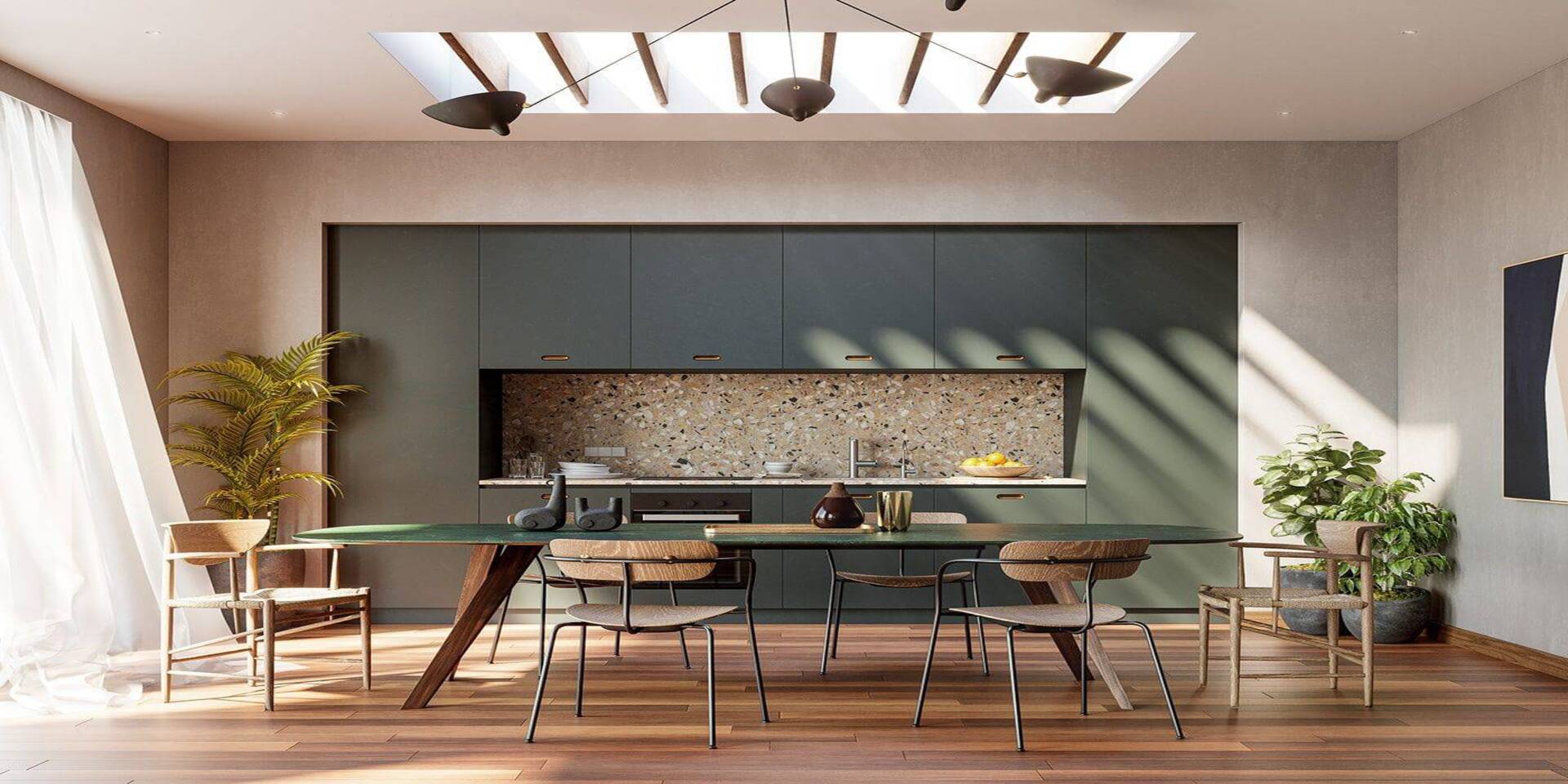In the realm of interior design, the impact of 3D rendering cannot be overstated. It bridges the gap between imagination and reality, offering a vivid preview of spaces before they are constructed. For institutional settings such as schools, hospitals, and offices, where functionality meets aesthetic appeal, 3D rendering plays a crucial role in visualizing the final design.
The Power of 3D Rendering in Institutional Interior Design
Institutional spaces have unique requirements that blend practicality with ambiance. Whether it’s creating a conducive learning environment in a school or a comforting atmosphere in a hospital, interior design must cater to diverse needs while adhering to safety and efficiency standards. Here’s where 3D rendering becomes indispensable:
Visualization: Unlike traditional blueprints or flat 2D drawings, 3D rendering provides a photorealistic representation of the space. This allows stakeholders to visualize the design with accurate lighting, textures, and spatial proportions.
Customization: Institutional interiors often require customization to meet specific functional needs. 3D rendering enables designers to experiment with different layouts, furniture arrangements, and color schemes to achieve the optimal balance of form and function.
Client Communication: For clients, especially those unfamiliar with technical drawings, 3D renders are invaluable. They facilitate clear communication and ensure everyone involved shares a common vision of the final design.

Making Your 3D Renders Appeal and Inform
Creating compelling and informative 3D renders for institutional interiors requires a blend of creativity, technical skill, and attention to detail. Here are key strategies to achieve this:
Accuracy and Detail: Pay meticulous attention to detail. Ensure that every aspect of the render—from furniture placement to lighting fixtures—is accurate and aligned with the project’s requirements.
Realism and Lighting: Realistic lighting is crucial in conveying the ambiance of institutional spaces. Experiment with different lighting scenarios to achieve the desired mood, whether it’s a bright and energetic classroom or a serene hospital ward.
Texture and Materials: Use high-quality textures and materials to enhance realism. From flooring to upholstery, every surface should reflect its real-world counterpart accurately.
Human Scale: Incorporate human figures in your renders to provide a sense of scale. This helps clients and stakeholders visualize how people will interact with the space and assess its functionality.
Contextual Elements: Include contextual elements such as landscaping, signage, and branding elements (like logos or mission statements) to add depth and context to your renders.
Accessibility and Safety: In institutional settings, prioritize accessibility and safety. Ensure that your renders reflect compliance with relevant codes and standards, such as ADA requirements for accessibility.
Interactive Elements: Consider using interactive 3D models or virtual reality (VR) experiences for a more immersive presentation. This allows clients to explore the space from different perspectives and make informed decisions.
Conclusion:
Institutional interior design is a dynamic field where functionality meets aesthetics, and 3D rendering serves as a powerful tool to bring visions to life. By creating appealing and informative 3D renders, designers can effectively communicate their ideas, streamline decision-making processes, and ultimately, transform spaces into environments that enrich lives.

